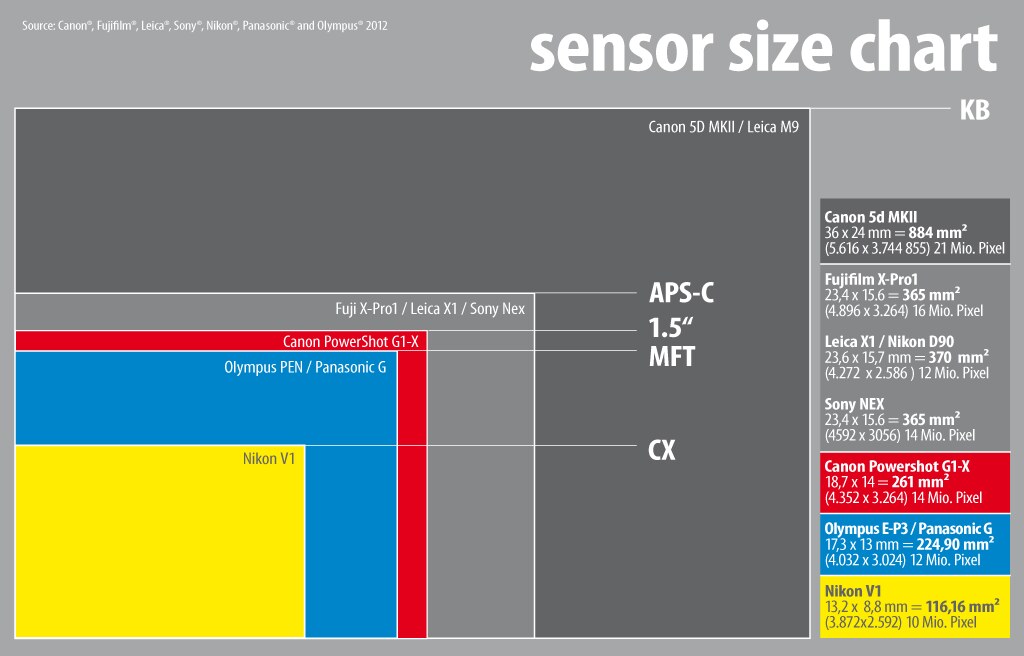
Sensor size format comparison KB, APSC, Canon G1X, mFT, … Flickr
The X100V is the fifth version of Fujfilm's beloved APS-C fixed lens compact camera. It uses Fujifilm's latest 26.1-megapixel X-Trans processor, and features a superior lens to the previous X100F, as well as a new tilting touchscreen. There are some ergonomic enhancements too, but fundamentally this is the same design that has developed a cult following among enthusiast and pro photographers.
Ricoh talked about the development of an APSC format camera and three lenses
That means a 24mm focal length on an APS-C sensor camera will have a (cropped) field of view of 150% compared to a full-frame, resulting in a focal length "equivalent" of 36mm. Medium format.

Full Frame vs APSC Image Quality is Key! — The School of Photography Courses, Tutorials & Books
The APS-C format offers significant benefits for photography enthusiasts and content creators, including the potential to make smaller yet high-speed and high-performance cameras positioned perfectly for enthusiasts. Taking the essence of the EOS 7D series, the EOS R7 is suited to wildlife and sports photographers that need the added reach of.
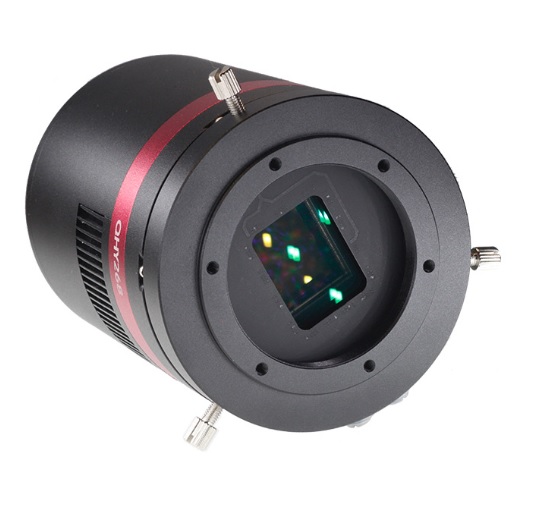
QHY268C APSC Format 16bit CMOS Colour Camera Sidereal Trading Pty Ltd The Astronomy Store
An APS-C camera is any camera that features an APS-C (Advanced Photo System type-C) sensor. This size sensor can often be found in many DSLRs and mirrorless cameras. These sensors typically.
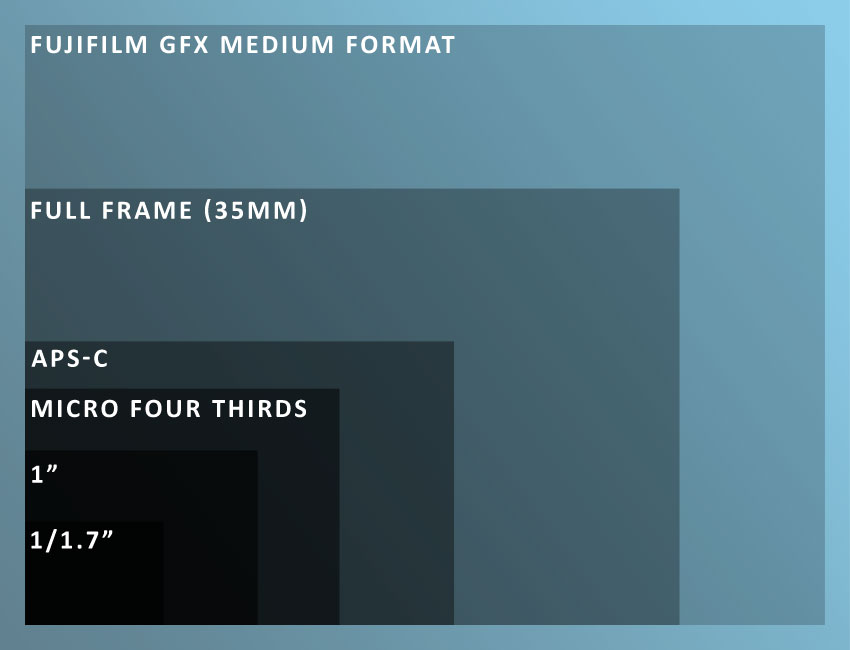
Comparing Sensors APSC vs Full Frame vs Medium Format in Photo Insider Blog at Unique Photo
The H format is the same ratio as the entire APS negative, while the C format has an aspect ratio of around 3:2, the same as in a full frame camera. The exact size of an APS-C digital sensor varies slightly depending on the camera manufacturer. APS-C images sensors can be found in most digital SLR, mirrorless and compact systems cameras.
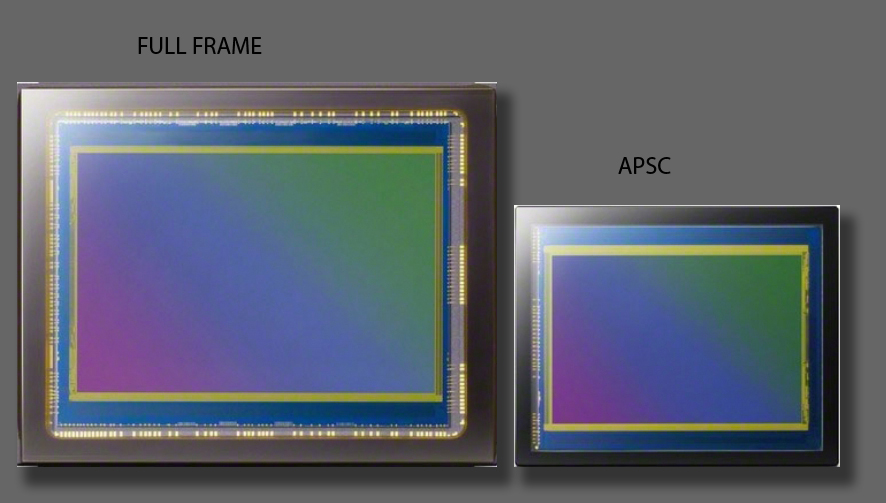
Full Frame / APSC
Probably the two most common sensor sizes you'll see on the market are full-frame, which is the same sensor size as 35mm film, and the smaller, APS-C format, similar in size to APS-C film. Outside of these two, you also have medium format (larger than full-frame), and Four Thirds (smaller than APS-C), also known as Micro Four Thirds or MFT .
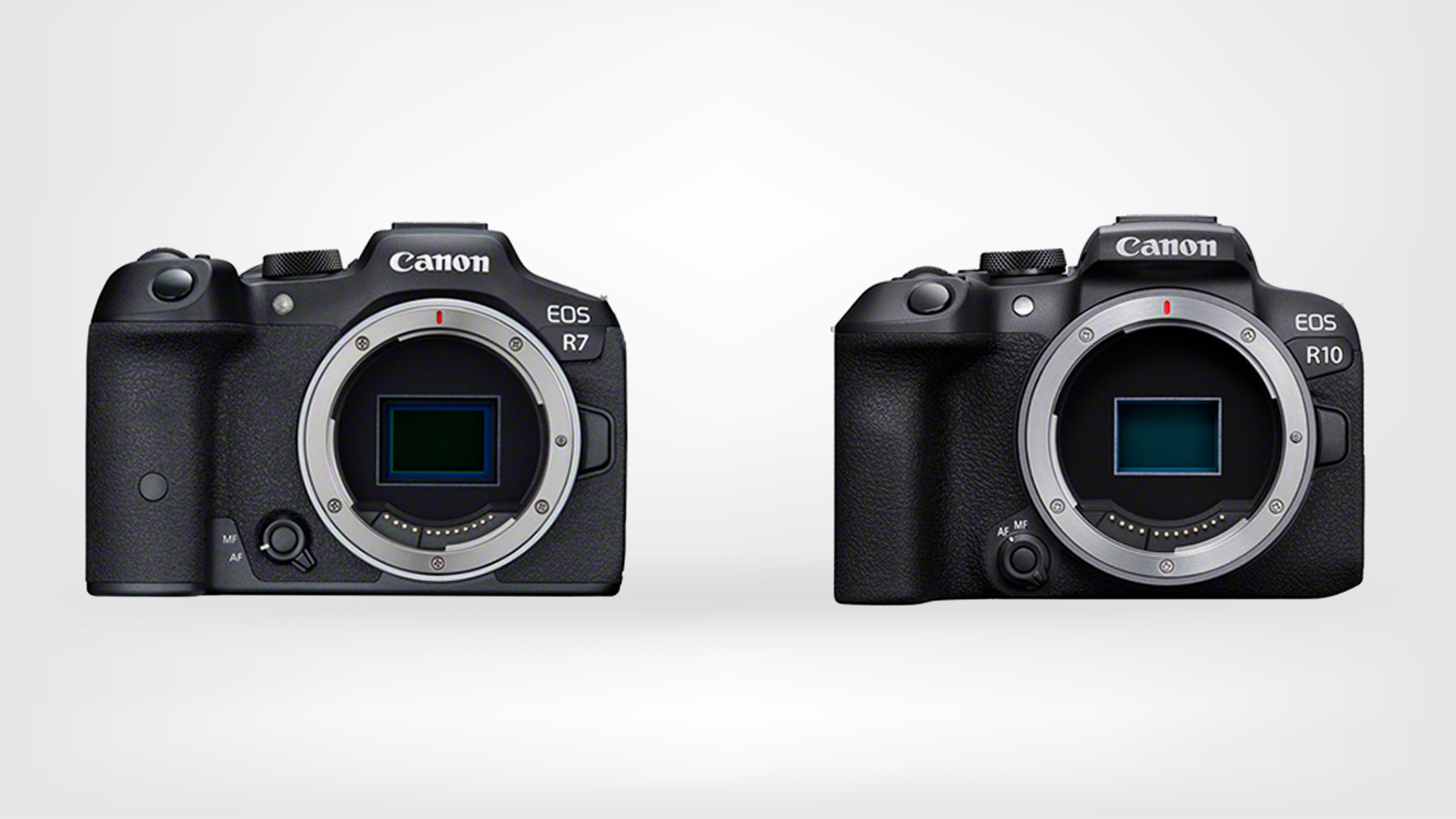
Canon unveils APSC format hybrid cameras EOS R7 and R10 Amman Sun
In digital photography, the image sensor format is the shape and size of the image sensor . The image sensor format of a digital camera determines the angle of view of a particular lens when used with a particular sensor. Because the image sensors in many digital cameras are smaller than the 24 mm × 36 mm image area of full-frame 35 mm cameras.

APSC Format Sensor
Advanced Photo System type-C ( APS-C) is an image sensor format approximately equivalent in size to the Advanced Photo System film negative in its C ("Classic") format, of 25.1×16.7 mm, an aspect ratio of 3:2 and Ø 30.15 mm field diameter. It is therefore also equivalent in size to the Super 35 motion picture film format, which has the.

APSC vs Full Frame Which is Better? ShutterRelease
Cameras with APS-C sensors produce images that are distinct in three ways: 1. Aspect ratio: An image sensor produces images with a characteristic ratio of width to height, called the aspect ratio. A full frame camera has an aspect ratio of 3:2. The APS-C sensor matches that classic aspect ratio while producing images with a smaller area and a.

Fautil choisir un appareil à capteur aps c ou plein format ? Apprendre la Photo
APS-C sensors are used in many different types of cameras, from beginner -level DSLRs and mirrorless cameras, to pro-sumer cameras, to high-end professional cameras. APS-C cameras are smaller, lighter, easy to use, and cheaper to buy. The lenses for them are smaller, lighter, easier to carry, and more affordable.

Photographie plein format, APSC, 4/3... comprendre la taille des capteurs France
Sydney, AUSTRALIA - 24 May 2022: Canon Australia today announces its first APS-C EOS R System mirrorless cameras, the EOS R7 and EOS R10 - bringing the benefits of the EOS R System to the popular APS-C image sensor format. The APS-C format offers significant benefits for photography enthusiasts and content creators, including the potential to make smaller yet high-speed and high-performance.
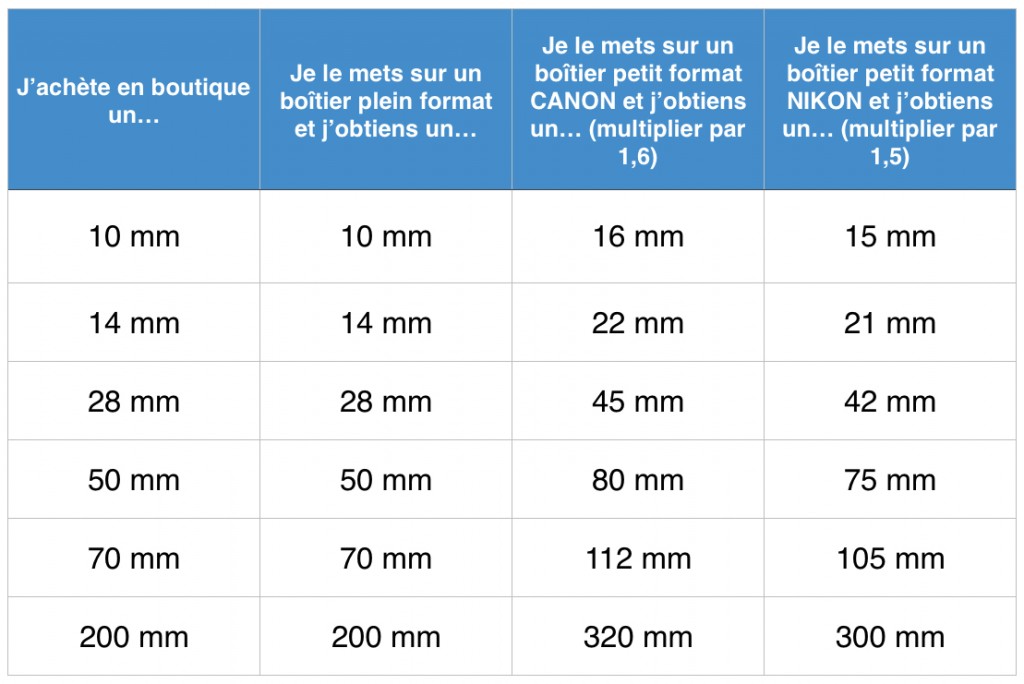
Capteur photo plein format et APSC explication
APS-C stands for "Advanced Photo System-Classic." It gets this name because the sensor is the same size as the Advanced Photo System film type in the Classic format. An APS-C sensor measures 25.1 x 16.7mm and has a 3:2 aspect ratio. Simply put, an APS-C sensor is smaller than 35mm film and full-frame sensors.

Plein format vs APSC lequel choisir ? Différences et comparaison
APS-C format "APS-C" stands for "Advanced Photo System type-C". It originates from the C ("Classic") format of the APS film negative format that was first introduced by manufacturers in 1996 as part of an effort to make cameras more accessible to non-professional camera users. When digital photography became more popular.
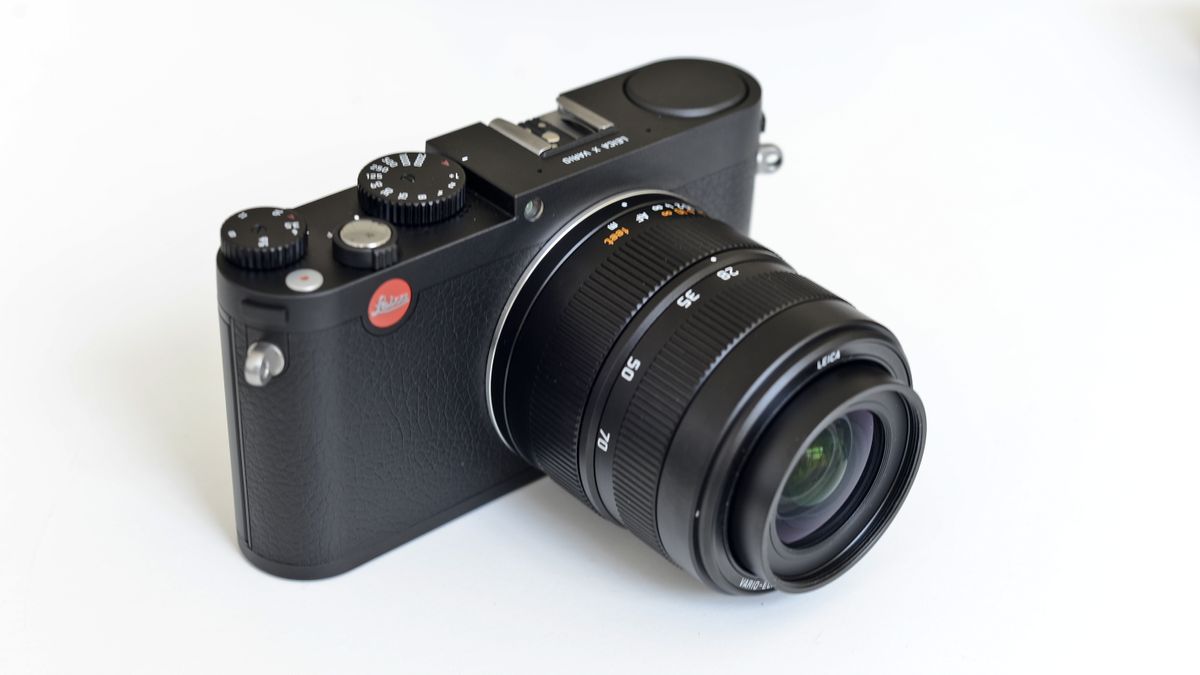
Leica announces new APSC format compact camera TechRadar
APS was a format of camera film that allowed a choice of three different formats. The 'C' added onto the end referred to what was called the 'Classic' option for using that type of film. How it relates to your photography. An APS-C sensor is smaller than a full-frame sensor. That means the edges of the image recorded by a full frame.
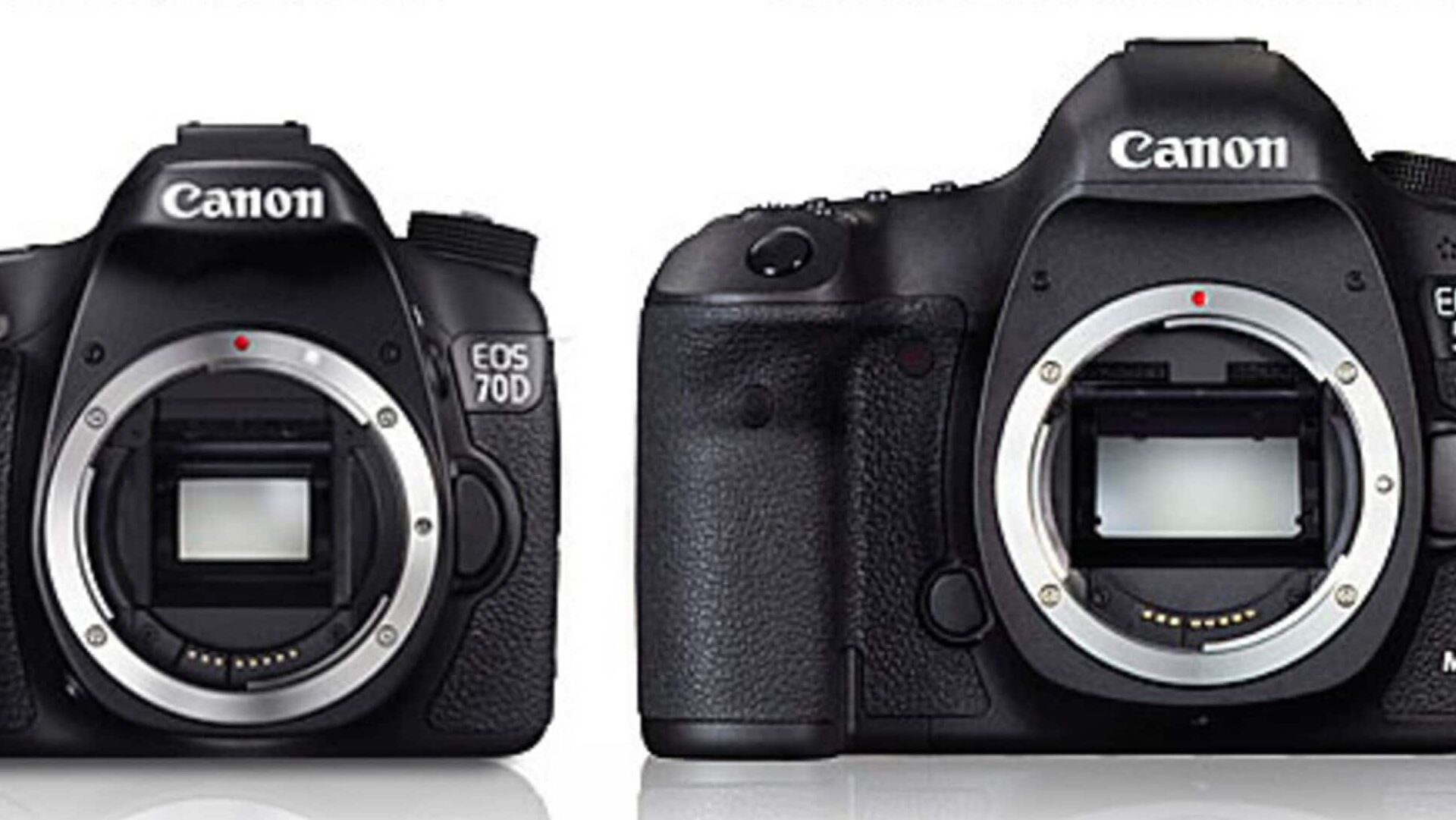
APSC ou plein format lequel choisir ? Photovore
We'll further explore the reasons later on, but it's safe to say that most photographers see a move from an APS-C format camera to a Full Frame model as one to aspire to. This is understandable, but we'd be missing out on many desirable qualities if we were to disregard buying another model with the same sensor format, without consideration.
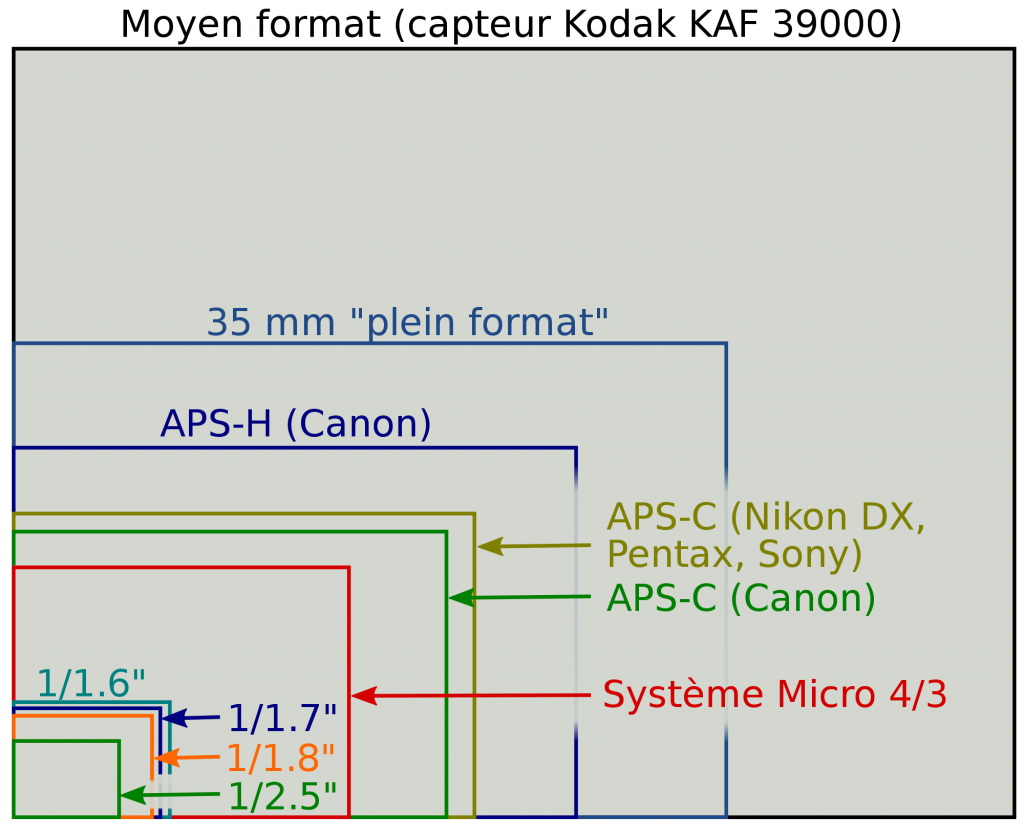
Capteur Full Frame ou APSC Photo Geek
APS C is an adopted term for the image sensor format approximately the size of the now-defunct Advanced Photo System film negative classic, of 25.1×16.7 mm, with an aspect ratio of 3:2. APS C sensors are cropped sensors that are generally cheaper and easier to travel with than their full frame counterparts.